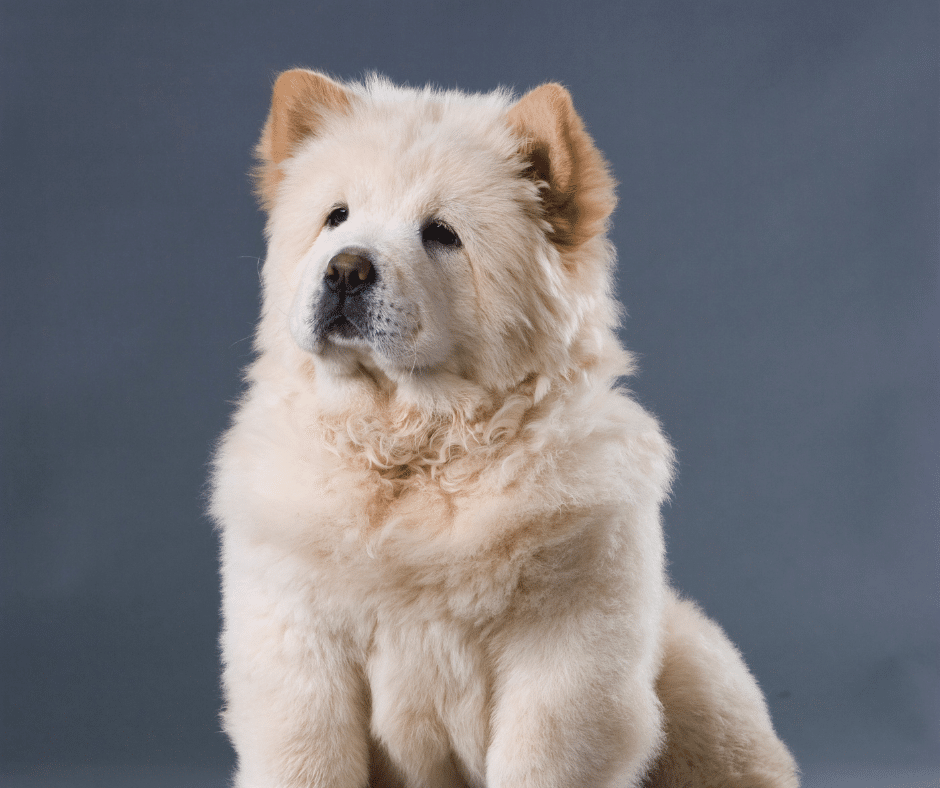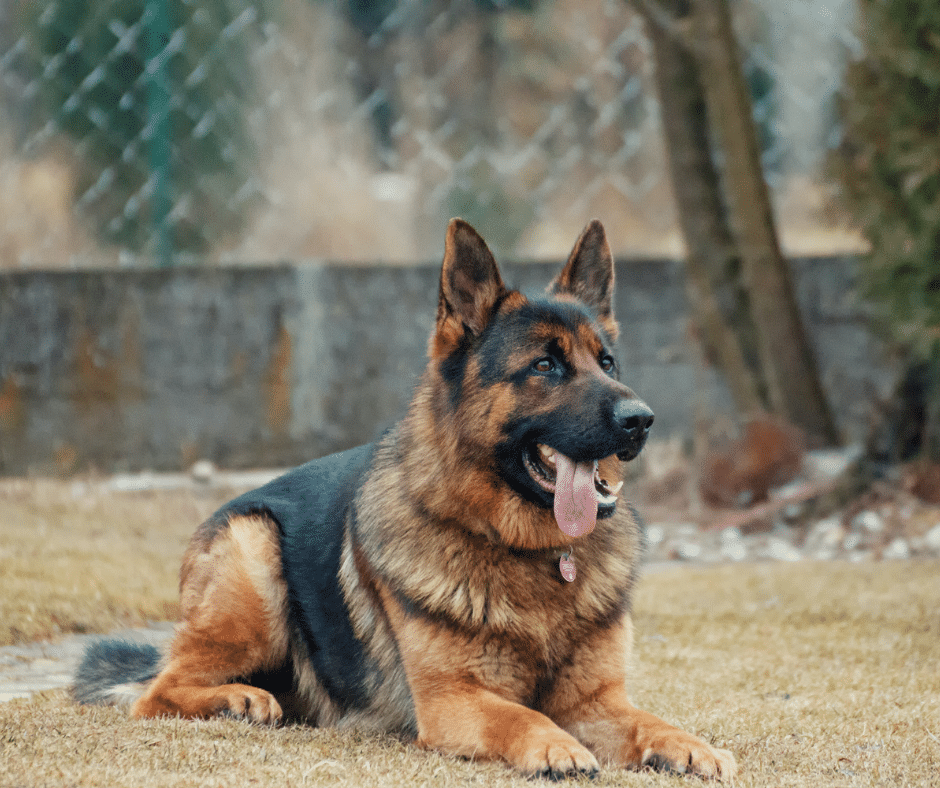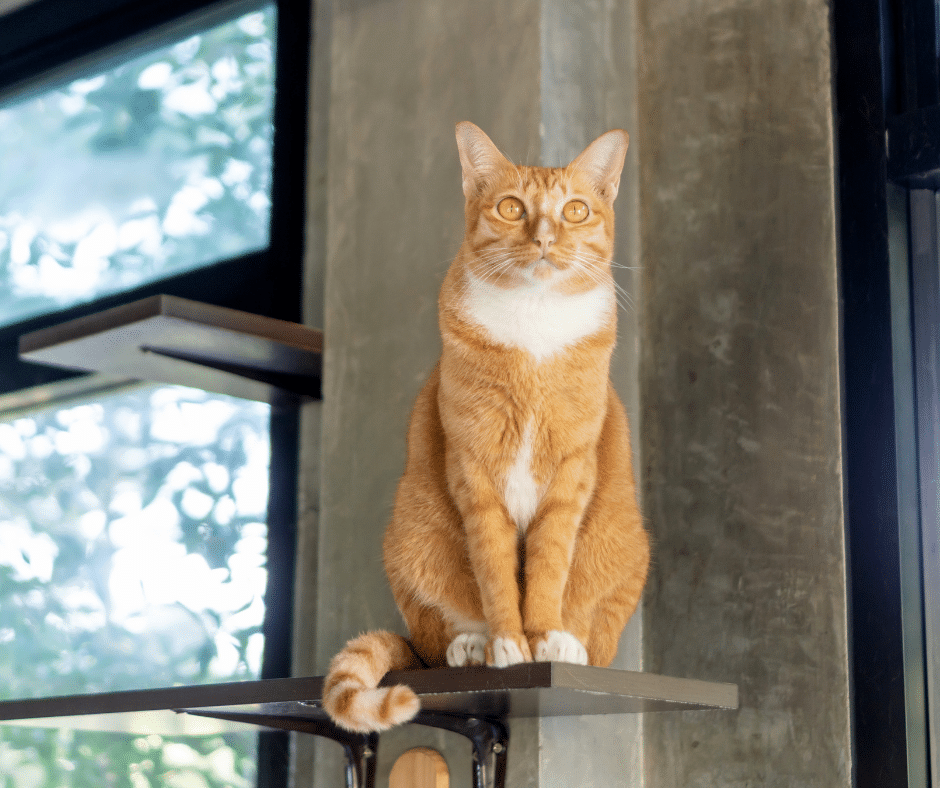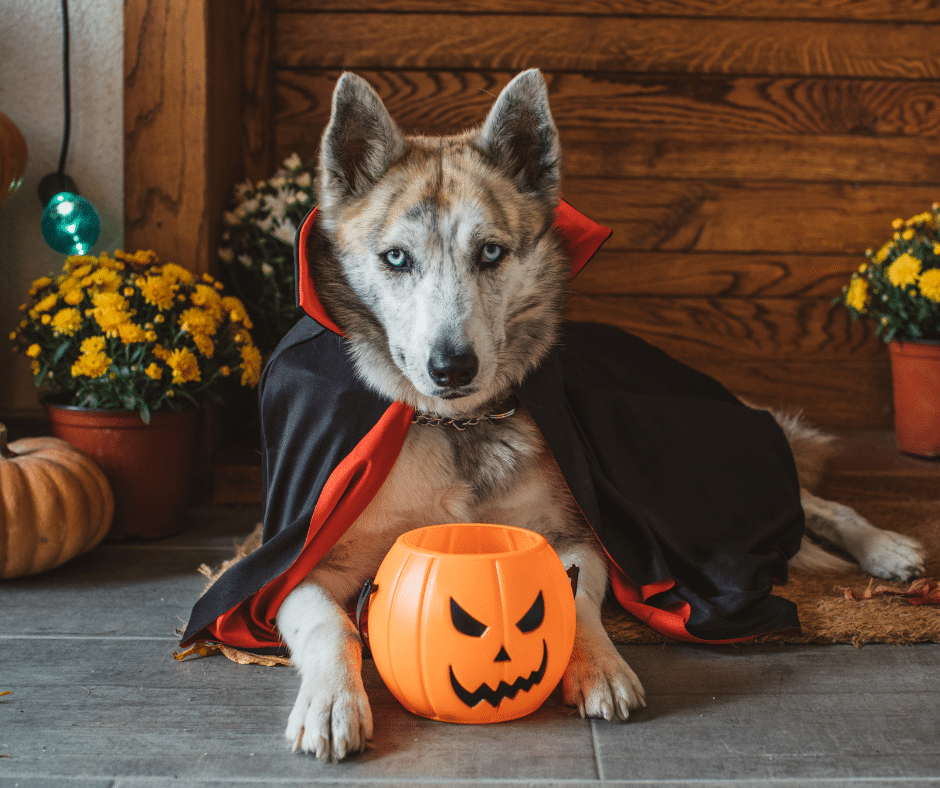Understanding Separation Anxiety in Pets
Separation anxiety in pets, particularly in dogs, is a prevalent issue that affects countless furry companions and their owners. This condition arises when pets experience distress due to the absence of their primary caregivers. Understanding this phenomenon is crucial for pet owners, as it not only impacts the animal’s well-being but also influences overall household harmony.
At its core, separation anxiety is a behavioral disorder that manifests in various ways. Common symptoms include excessive barking, destructive behavior, and even attempts to escape when left alone. In some cases, pets may exhibit physiological responses such as drooling, panting, or trembling. These behaviors are not just nuisances; they are indicators of significant stress and discomfort for the animal.
Causes of Separation Anxiety
- Changes in Routine: Sudden alterations in daily schedules, like returning to work after a prolonged absence, can trigger anxiety.
- Lack of Socialization: Dogs that have not been adequately socialized may struggle to cope when left alone.
- Previous Trauma: Pets that have experienced abandonment or neglect are more susceptible to developing anxiety.
To address separation anxiety effectively, it is essential for owners to recognize these symptoms early on and take proactive steps. Doggy daycare offers a supportive environment where pets can socialize, exercise, and engage in supervised activities, alleviating the stress of being alone. By understanding the roots and manifestations of separation anxiety, owners can better support their pets’ emotional needs, fostering a happier, more balanced life for their four-legged friends.
Signs Your Dog May Be Experiencing Separation Anxiety
Separation anxiety in dogs is an increasingly common behavioral issue, manifesting distress when left alone. Recognizing the signs early can significantly improve your pet’s well-being and help tailor interventions to ease their discomfort. Understanding these signs is crucial for any dog owner aiming to provide a nurturing environment for their furry companion.
Destructive Behavior
One of the most prevalent indicators of separation anxiety is destructive behavior. Dogs may chew furniture, scratch doors, or dig at carpets in an attempt to cope with their intense feelings of anxiety. This behavior often stems from the dog’s desire to escape or their attempt to self-soothe during your absence.
Excessive Barking or Howling
Vocalization, such as barking or howling, is another common symptom of separation anxiety. Unlike typical barking, this type tends to be persistent and occurs primarily when the dog is left alone. It’s as if they are calling out for you, seeking reassurance in your absence.
Pacing and Restlessness
Dogs with separation anxiety often exhibit pacing or restlessness. You might notice a repetitive pattern, such as moving back and forth across a specific path or in circles. This behavior is a physical manifestation of their mental turmoil.
House Soiling
Accidents in the house, particularly for dogs that are usually house-trained, can be a strong signal of separation anxiety. This behavior is not due to defiance but rather a stress response to being left alone.
Recognizing these signs is the first step in addressing your dog’s separation anxiety. By identifying the problem early, you can explore solutions like doggy daycare, which provides socialization and stimulation, potentially alleviating their distress. Understanding and acting upon these signs can transform their anxious experience into a more positive, engaging one.
Benefits of Doggy Daycare for Anxious Pets
For many dog owners, witnessing their furry companions grapple with separation anxiety can be a heart-wrenching experience. The constant barking, whining, and destructive behavior are not just signs of distress in your pet but can also impact the harmony of your household. Thankfully, doggy daycare offers an effective solution that addresses these concerns while promoting the overall well-being of your beloved pet.
Socialization Opportunities
One of the primary benefits of doggy daycare is the ample opportunity it provides for socialization. Dogs are inherently social creatures, and regular interaction with other dogs can significantly alleviate feelings of loneliness and anxiety. In a daycare setting, your pet will engage in supervised play sessions, which not only distracts them from missing you but also helps them build confidence in interacting with their peers.
Structured Routine
Another advantage is the structured routine that doggy daycare facilities offer. Routines can be incredibly comforting for dogs, providing them with a sense of predictability and security. Daycares typically have scheduled activities such as playtime, rest periods, and feeding time, which mimic the structure they may have at home, reducing stress and anxiety.
Professional Supervision and Stimulation
With professional supervision, your dog is ensured a safe environment where they receive both mental and physical stimulation. Trained staff are adept at recognizing signs of anxiety and can tailor activities to suit your pet’s needs, helping them channel their energy positively and reducing their anxiety levels.
Ultimately, doggy daycare offers a nurturing environment for anxious pets, helping them adjust to being away from their owners while enhancing their social skills and providing much-needed mental and physical engagement. This can lead to a happier, healthier, and more balanced pet, ready to greet you with wagging tails and joyful barks at the end of the day.
How Socialization at Daycare Eases Anxiety
Separation anxiety in dogs is a common concern for many pet owners, often manifesting as destructive behavior, excessive barking, or even depression when left alone. Doggy daycare offers an effective solution to this issue by providing a nurturing environment where dogs can engage in socialization. This interaction is integral in helping alleviate anxiety, promoting overall well-being and confidence in your furry friend.
Building Positive Connections
At daycare, dogs have the opportunity to build positive connections with both their canine peers and attentive caregivers. These interactions are not only important for mental stimulation but also help in developing trust and companionship. Regular exposure to different dogs and people fosters adaptability, reducing anxiety when faced with new situations or environments.
Structured Play and Activities
Doggy daycare centers often include structured play sessions and activities tailored to meet the needs of diverse breeds and temperaments. Engaging in these activities allows dogs to expend energy positively, which is a crucial factor in reducing anxiety. The mental and physical stimulation provided through play helps in diverting focus from stress or fear, promoting a sense of calm and contentment.
Routine and Familiarity
Moreover, the routine inherent in daycare settings is a comforting factor for dogs. Having a predictable schedule provides a sense of security, which is essential in easing anxiety. As dogs become accustomed to daily interactions and activities, their stress levels tend to decrease, ultimately leading to improved behavior even outside of daycare environments.
In conclusion, socialization at doggy daycare proves to be a valuable tool in combating separation anxiety. By providing consistent social interaction, engaging activities, and a structured routine, daycares create an environment where dogs can thrive, returning home happier and more relaxed.
Mental Stimulation Activities at Doggy Daycare
Doggy daycare centers offer an array of mental stimulation activities designed to keep your furry friend engaged and happy throughout the day. These activities are not only enjoyable but also play a crucial role in alleviating separation anxiety by providing mental challenges that mimic the natural instincts of dogs, keeping their minds occupied and content.
Puzzle Toys and Interactive Games
One of the primary techniques employed at doggy daycare facilities is the use of puzzle toys and interactive games. These toys are specifically designed to challenge a dog’s cognitive abilities, encouraging them to think critically and solve problems to receive a treat or a reward. This kind of mental exercise is essential in preventing boredom, which is a common trigger for anxiety in dogs.
Group Play Sessions
In addition to individual activities, group play sessions are another pivotal aspect of mental stimulation at doggy daycare. These sessions not only enhance socialization skills but also stimulate a dog’s mind through dynamic interactions with other dogs. The different personalities and play styles in these groups offer a rich tapestry of experiences that keep dogs mentally alert and engaged.
Training Exercises
Many daycare centers incorporate basic training exercises into their daily routine. These exercises provide mental stimulation by reinforcing obedience and discipline, fostering a sense of achievement in dogs. Training sessions can range from simple commands to more advanced tricks, all tailored to the dog’s individual learning pace.
Overall, the diverse range of mental stimulation activities offered at doggy daycare facilities helps to create a balanced and enriching environment. By keeping dogs intellectually engaged and socially active, these activities significantly reduce the feelings of loneliness and anxiety that often accompany separation from their owners. This holistic approach ensures that when you pick up your pet at the end of the day, they are not only physically tired but also mentally satisfied.








Recent Comments